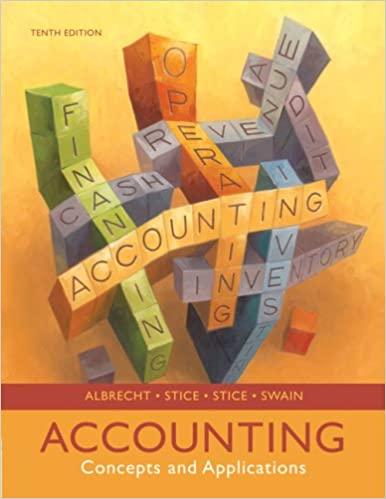Samsung The economic downturn in South Korea in late 1997 focused world attention on what had heretofore
Question:
Samsung The economic downturn in South Korea in late 1997 focused world attention on what had heretofore been viewed as one of the world’s economic powerhouses. Symptomatic of the economic collapse was the freefall in Korea’s currency, the won, which declined in value from 845 won per U.S. dollar on December 31, 1996, to 1,695 won per dollar on December 31, 1997.
When Korea’s economy soured, many sought to blame the economy’s unusual structure, which concentrates a large fraction of the economic activity in the hands of just a few companies, called chaebol. Chaebol are large Korean conglomerates (groups of loosely connected firms with central ownership) that are usually centered around a family-owned parent company. The growth of the chaebol in the years since the Korean War has been aided by government nurturing—it is said that the chaebol have received government assistance in getting loans and obtaining trading licenses, for example.
In Korea there are now four super-chaebol—Hyundai, Samsung, Daewoo, and Lucky Goldstar. Collectively, these four conglomerates account for between 40 and 45% of South Korea’s gross national product.
Samsung, one of the four super-chaebol, was founded in 1938 in Taegu, Korea. The company had humble beginnings; its original products included fruit, dried seafood, flour, and noodles, and its original exports were squid and apples. Now, Samsung has a worldwide presence in electronics, machinery, automobiles, chemicals, and financial services. To illustrate the size of Samsung’s operations, it is estimated that one out of every five televisions or monitors in the world was made by Samsung.
The following information is from Samsung’s 1997 annual report. All numbers are in trillions of Korean won.

1. Did Samsung’s sales increase in 1997, relative to 1996, in terms of U.S. dollars? Explain.
What exchange rate information would allow you to make a more accurate calculation?
2. Compute Samsung’s average collection period for both 1996 and 1997. Instead of using the average accounts receivable balance, use the end-of-year balance.
3. Comment on the change in the average collection period from 1996 to 1997, especially in light of the economic conditions in Korea in 1997.
4. What do you think happened to Samsung’s accounts payable balance in 1997, relative to 1996? Explain.
Step by Step Answer:

Accounting Concepts And Applications
ISBN: 9780324376159
10th Edition
Authors: W. Steve Albrecht, James D. Stice, Earl K. Stice, Monte R. Swain





